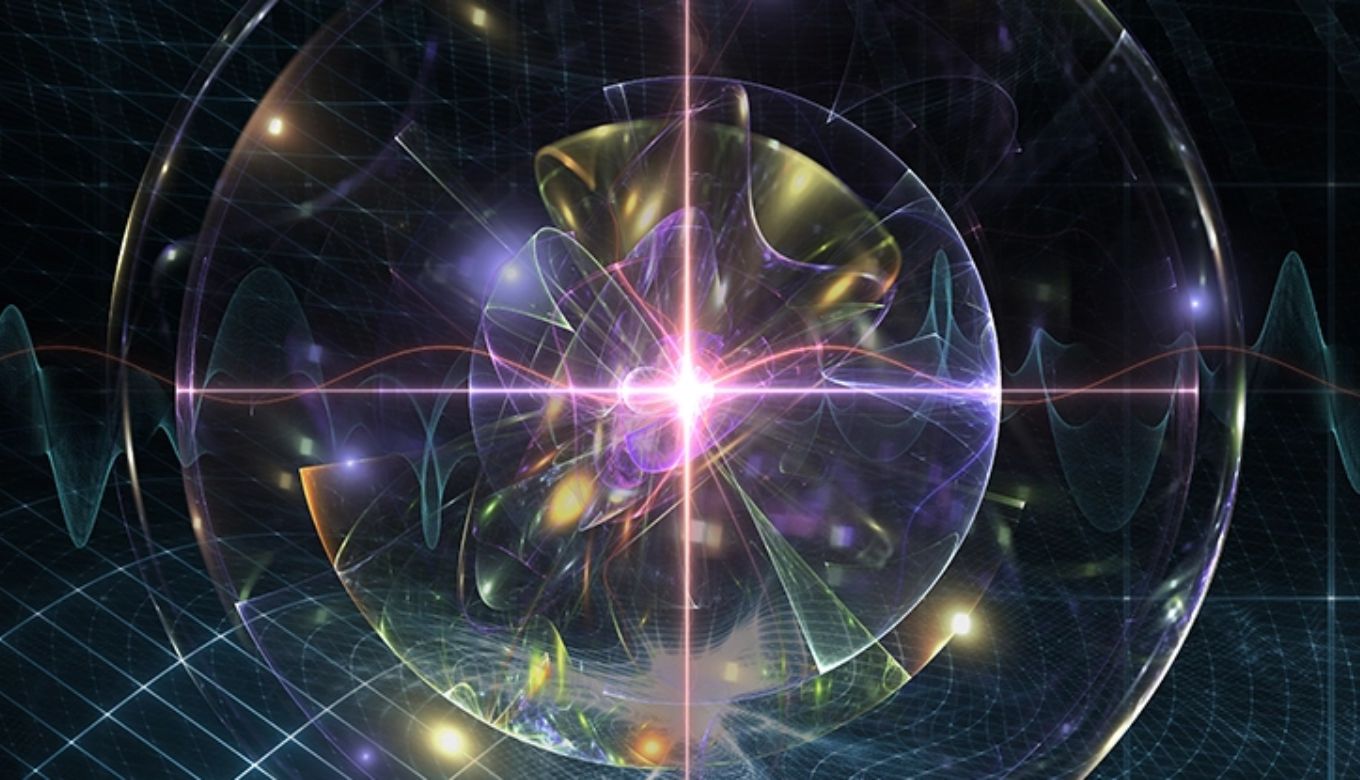Astronomers from Brazil detected a ‘strange star’ in space. The compact object XMMU J173203.3-344518 mass of around three-quarters of our sun crammed into the ball that could sit comfortably inside Manhattan.
Researchers evaluate their findings of this blob star and postulate that this star is different than what might they think.
Researchers of Germany First Studied About Strange Star

Last year researchers from the Institute for Astronomy and Astrophysics at the University of Tubingen in Germany studied a tiny corpse of a dead star object.
They first evaluate the distance of the supernova remnant HESS J1731-347 which is a mere 8,150 light-years away from the Earth.
Strange Star Formation

A star of a certain mass runs out of fuel due to gravity pull, it collapsed in cosmic heat and electromagnetism that blows away a proportion of its outer layers.
After the gravity pull all that is left is the dense object inside its core, inside the nuclei are electrons and forcing protons to leave their charges and turned them into neutrons. A new star is born called a neutron star.
If there’s a little mass left behind after the gravity pull of the Blackhole, inside that little mass atoms remain friendly neighbors inside what’s known as a white dwarf.
The neutron star’s lower mass limit is just 1.17 times the mass of the sun. But the XMMU J173203.3-344518 star is 77 percent of solar mass which is not the mass neutron.
So this might be different from the neutron star. They concluded that it is a strange star, consisting mainly of strange quarks.
Also Read:Indian Satellites List, Images & Names of All Successful Satellites Launched.
What are Quarks?

A quark is the most fundamental constituent of a matter called a Quark. Two quarks together form neutrons and protons.
Research Scientists from the Brazil University Detected the “Strange Star”

Federal University of ABC, Brazil
Astrophysicists from the University of Sao Paulo and the Federal University of ABC in Brazil conduct a detailed study of the small compact object within HESS J1731-347. They checked the mass, radius, and surface temperature of the dense small object left after the supernova.
With enough pressure on the quark, it turned into a new form of matter altogether called quark matter.
Types of Quark Matter

Quark matter is present in different types known as flavors –Up, down, charm, strange top, and bottom. The type of flavors up and down can mix and turn into protons and neutrons. If we put enough pressure on the down quarks it turns into the up quarks, which in turn can switch into another type called – a strange quark.
The latest study revised the estimation of the XMMU J173203.3-344518 age and surface temperature along with the object’s radius and tiny mass are consistent with cooling condition that hints at its strange composition.
The astronomical community conducts more research on XMMU J173203.3-344518 and they’ll rule out the exact results about strange star.
Also Read:Top 10 Heaviest Metals on Earth: Metals Which are 22 Times.Heavier than Water



